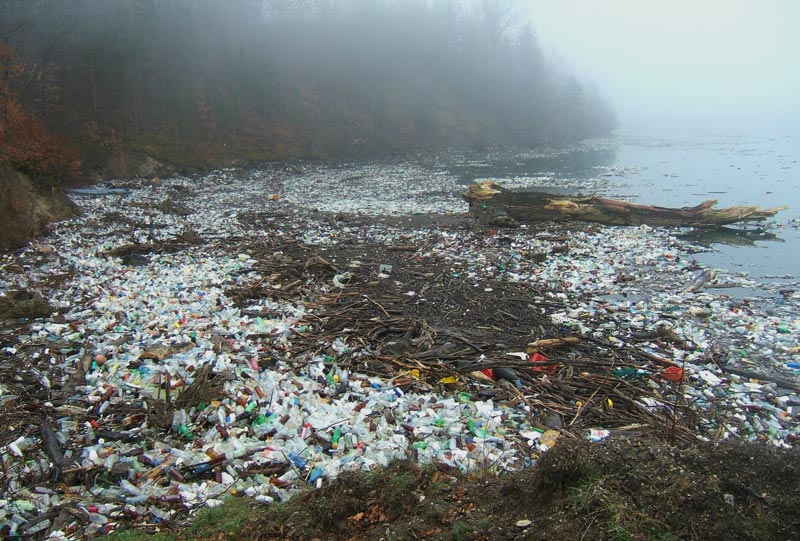It sounds unbelievable, but most of the plastic waste that pollutes the seas around the world comes from just 10 rivers.
The recent study entitled “River plastic emissions to the world’s oceans” found that more than 90% of 4 million tonnes of plastic transported every year in our oceans comes from only ten rivers. Most of these are in Asia and are responsible for almost 70% of the total pollution in our seas.
The causes, upstream, are certainly attributable to bad habits that lead to abandoning plastic waste in the environment, which instead could be recycled with great benefits if collected in the appropriate containers. Moreover, an important factor is the mismanagement of waste on land, which, if properly managed, would prevent rivers from transporting and discharging into our seas.
A strategy that would certainly help to address this issue, at least in part, would be to have greater control over the material transported directly by the rivers before it is dispersed into the oceans. This is why effective collection projects that aim to intercept plastic waste in rivers play an increasingly important role, as we have mentioned in one of our articles and on the Facebook page of Are you R.
These are the 10 rivers that transport the largest quantities of plastic waste:
▪ Yangtze River, which flows
into the East China Sea
▪ Indo River, Arabian Sea
▪ Yellow River, Yellow Sea
▪ Hai River, Yellow Sea
▪ The Nile, Mediterranean Sea
▪ The Ganges, Bay of Bengal
▪ Pearl River, South China Sea
▪ Amur River, Okhotsk Sea
▪ Niger River, Gulf of Guinea
▪ Mekong River, South China Sea
However, in addition to many waste collection projects and better waste management, there is still a need to educate and foster a constant awareness of the re-use and recycling of plastics. Rivers play a key role in spreading plastic but much would be solved if we all started to avoid irresponsibly throwing it away. Today, thanks to cutting-edge technologies, we can really do a great deal so that the life of plastic materials is not ended, but can continue to be an important resource with the creation of many new products that can be used in an efficient circular economy.

